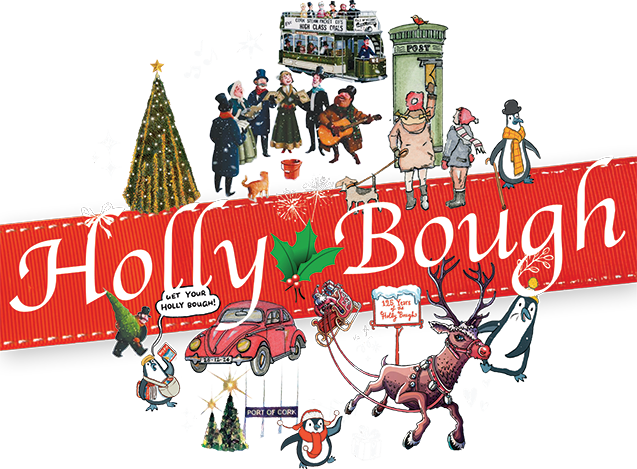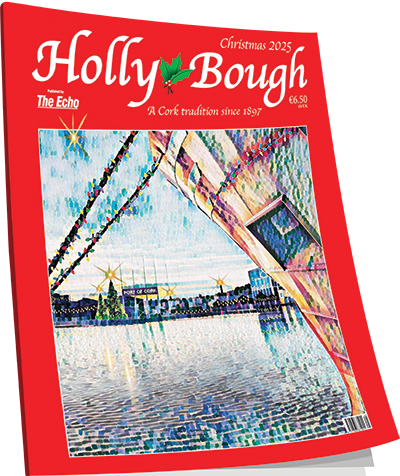Cork GAA Jersey Wars: Bride Rovers v Carbery Rangers
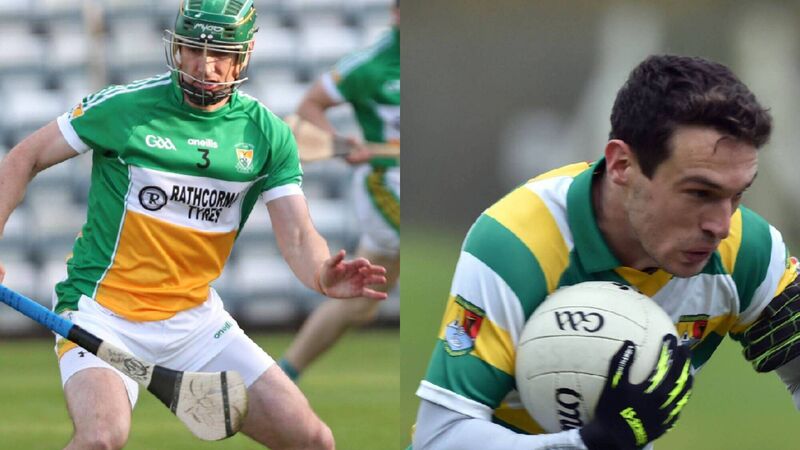
Cork Jersey Wars: Bride Rovers v Carbery Rangers.
WE want to know what your favourite GAA geansaí is.
From here until the end of August, your votes will decide the best design in our Cork GAA Jersey Wars competition.
Our resident jersey expert Denis Hurley compiled a list of 32 clubs, based on those involved in the senior tiers and a selection of wild cards. We put them in alphabetical order and paired them up and we're now down to the last 16 stage.
Full details of the competition are here.
Voting will run from 8am each day for 24 hours on the link below:
David John Barry suggested Bride Rovers, based on the river that runs through the parish and, though there were some concerns that the ‘Rovers’ part was a bit too closely associated with soccer, it was adopted.
Blue and white were chosen as the colours and club member Billy Barry, who was working in Cork at the time, was tasked with buying a set of jerseys. Having priced a few options, he found a cheaper alternative in one shop — however, instead of the agreed colours, they were a green, white and gold horizontal tricolour. Financial considerations won out and the club adopted the patriotic colour-scheme, with players paying 1d a week to cover the cost.
The club disbanded in 1950 but was revived in 1964 and history repeated itself as, once again, blue and white were nominated as the colours but this time a suitable blue set of jerseys could not be found and once again the green, white and gold prevailed.
Then, in 2008, Bride reached the county senior final for the first time, taking on Sarsfields, but they fell to a late surge from their Glanmire opponents.

In 2015, it was decided to seek an alternative strip for games where Bride clashed with opponents such as Newtownshandrum, Blackrock and Ballymartle. The senior hurling management team of Joe Delaney, Daniel Lane and William O’Leary were given the task of choosing the colours of the second jersey and, cognisant of the fact that blue had been originally intended as a central colour, they opted for a blue shirt with a green band. The senior players purchased this set of jerseys from their own resources at the time and so the tops don’t have a sponsor’s name, with the club’s name appearing in Irish instead. On the primary set, Rathcormac Tyres takes up the advertising space.
While the club found itself in senior A after the county championship restructuring at the end of 2019, there are talented youngsters coming through, as evidenced by the U21 A title of 2018. With things going well off the pitch too — the club’s headquarters in Rathcormac has been upgraded while 13 acres of land have been purchased for back-up pitches – hopes are high that the green, white and gold can be raised high once more.
A house on the site now occupied by the Celtic Ross Hotel hosted the first meeting of Carbery Rangers in November 1887.
According to the club’s website, “some of the earliest match reports give the name Carbery Rangers or in some cases Rosscarbery Rangers. This title was changed briefly in 1890 to the name Michael Dwyer in response to a request that all clubs should adopt patriotic names. As to why the name Carbery Rangers was chosen in the beginning we just don't know, but it can be assumed that it had connotations of athletic ability, durability, and fearlessness in the Rangers part of the title and the Carbery part obviously came from the title of the local barony.”
A report on a monster meeting held in Ross early in 1888 referred to members of the newly formed club being dressed in their “orange and green uniforms”. By the time the club was reorganised in 1900, green, white and gold/yellow hoops was the design chosen and it is one that has lasted to the present day.
First winning the Carbery junior football championship, the club were triumphant in the division on eight more occasions without claiming county glory, but in 2003 they went all the way and that was the key to unlocking a huge amount of potential.

Reaching the intermediate final in their first year, they lost to Nemo Rangers but, because the Munster club championships were not open to clubs’ second teams, Ross represented Cork and claimed the All-Ireland title. Buoyed by that success, they went a step further in the intermediate in 2005 and soon set about establishing themselves as a force at senior level.
Regular semi-final appearances led to an appearance in the final in 2014 and, while they lost to Ballincollig, they were back two years later as the roles were reversed, Ross lifting the Andy Scannell Cup.
Like a growing number of sides in Cork, Ross are now clad in McKeever kit and they benefit from the fact that goalkeeper Ronan Milner is the area sales executive for the Armagh firm. For 2020, he designed a new jersey, with the full logo of sponsors the Celtic Ross featuring for the first time.
‘I got two jerseys done up and sent them on to the chairman, Johnny Murphy,” he said, “and suggested that we go with something like that going forward and thankfully the Celtic Ross thought it was a brilliant idea.”
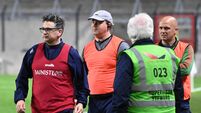
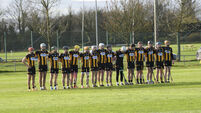
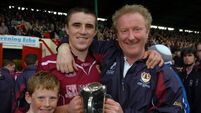
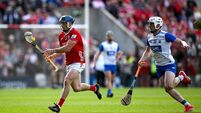
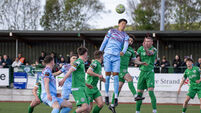
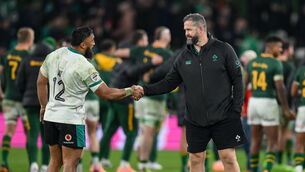
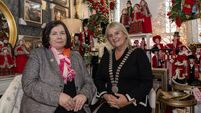
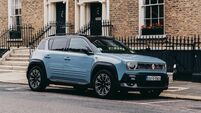
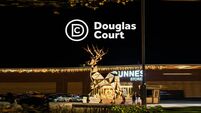
 App?
App?






